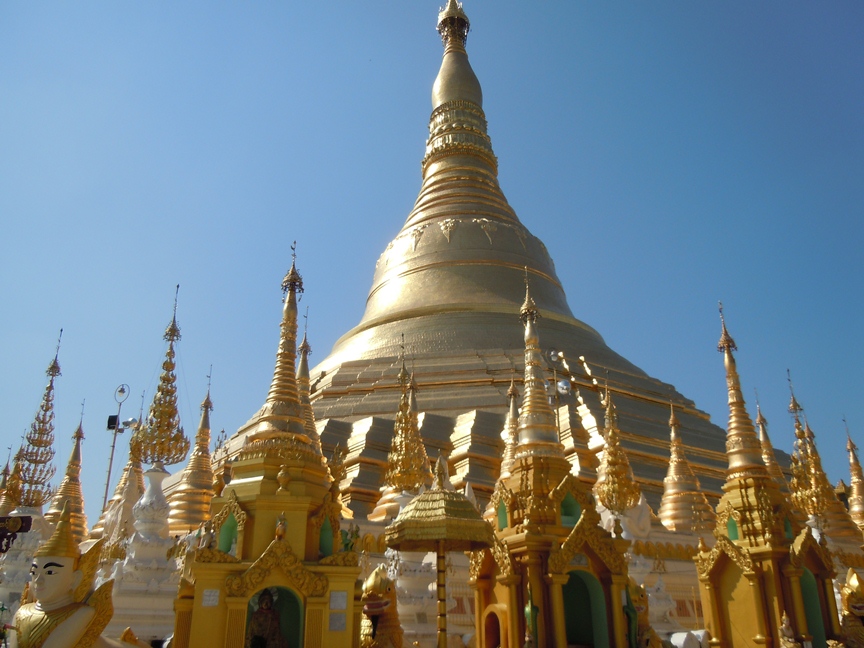Everyone knows that changes are afoot in Burma. But nobody can, with confidence, really say much about where things are heading. It is especially difficult to assess some of the prevailing contradictions. The resumption of hostilities in key ethnic areas, and the resulting trend towards greater repression of minorities, presents a particular conundrum. This is a topic I return to in a soon to be published paper (written with Des Ball).
But it is not just in ethnic areas that weighing the evidence about what is happening inside the country is an important task. Whether the questions deal with Myitkyina or Mandalay, Yangon or Yebyu, the best calibration of optimism and realism tends to follow efforts to give available evidence our fullest consideration.
To help with such efforts we can now benefit from a new and very thorough account of this historic period (available here). Authored by an anonymous Yangon-based correspondent, and published by Inside Story and The Canberra Times, this piece should be compulsory reading for anyone hoping to come to grips with what might happen next.
Some of the key excerpts follow below.
From this piece we learn about the political vibes in Yangon:
…the scepticism of many international pundits is strikingly absent in Rangoon. Here, a new air of openness is drawing many people into the political process, known as the “Seven Step Roadmap to Democracy,” which the military unveiled to such opprobrium in 2003.
And the position of democratic political forces:
The tone of Aung San Suu Kyi’s speeches and statements, and of her comments in interviews with local and international media, has been markedly different from the first few months following her release in November 2010. She has been much more conciliatory — even going so far as to publicly praise the new president, saying she believes he is dedicated to reforming the country. In the process, she has won over those who argued she was too obstinate and had not pushed hard enough for dialogue.
All of this is, naturally enough, still tinged with lingering uncertainty:
The scale of the challenge facing Burma’s government is, however, immense. The steps taken so far are significant but mostly symbolic. Questions remain about how serious the government is about reform and democratisation, given that real progress will undoubtedly hurt the material and political interests of the military and business establishment. Although the national legislatures in the capital are gradually exercising their powers, the military remains the dominant institution.
And then there are the risks that Aung San Suu Kyi faces:
With her party unregistered, though, Aung San Suu Kyi is technically operating outside the law. The possibility remains that the government could crack down on the NLD again and place its leaders in prison or under house arrest. Yet this appears unlikely, at least while President Thein Sein remains in power.
These are just some of the highlights of an important and very useful account. It shows a deft documentary touch. Kudos to the Yangon-based correspondent for his sterling work.
 Facebook
Facebook  Twitter
Twitter  Soundcloud
Soundcloud  Youtube
Youtube  Rss
Rss 